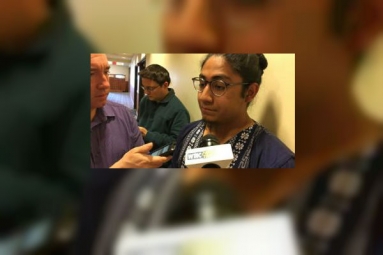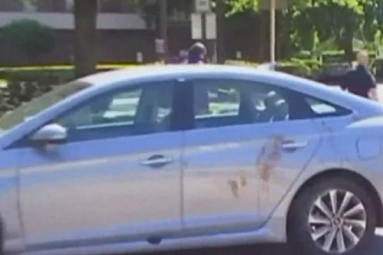
Crime involving guns have surged since 2015 in Chicago and much of the news media attention on how Chicago plans to counter this problem has focused on the Strategic Subject List.
The Strategic Subject List, created by the Illinois Institute of Technology in 2013 is an algorithm that tries to predict who is most likely to be active in a shooting, either as perpetrator or victim. The algorithm has not been made public, but the city has now placed a version of the list online through its open data portal (without any names), making it possible for the first time to see how Chicago evaluates risk.
The New York Times have analyzed the information and found that the assigned risk scores and what characteristics go into them. The characteristics are sometimes at odds with the Chicago Police Department’s public statements and cut against some common perceptions.
−Violence in the city is less concentrated at the top — among a group of about 1,400 people with the highest risk scores — than some public comments from the Chicago police have suggested.
−Gangs are often blamed for the devastating increase in gun violence in Chicago, but gang membership had a small predictive effect and is being dropped from the most recent version of the algorithm.
−Being a victim of a shooting or an assault is far more predictive of future gun violence than being arrested on charges of domestic violence or weapons possession.
−The algorithm has been used in Chicago for several years, and its effectiveness is far from clear. Chicago accounted for a large share of the increase in urban murders last year.
Trial Date confirmed for riverside restaurant employee
AMandeep



















